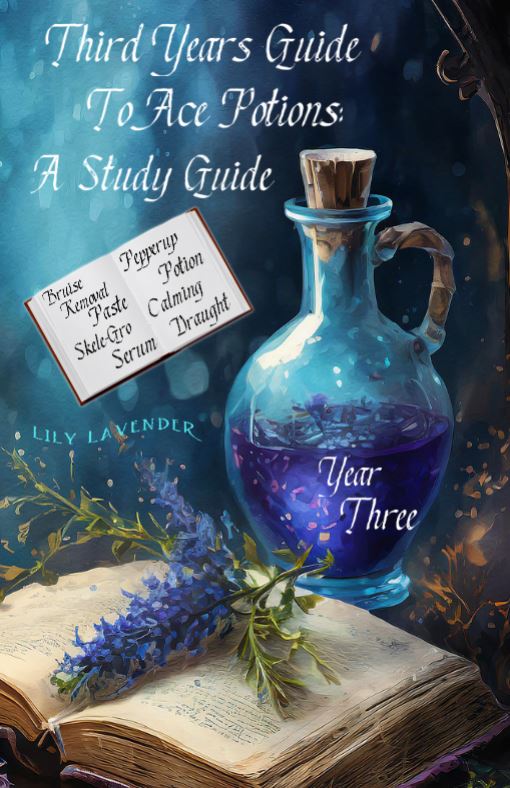Third Years Guide to Ace Potions: A Study Guide
By Lily Lavender
This book is intended for all who need a quick study reference guide for PTNS-301. It has a glossary of terms & its appropriate meanings for the entire course. Each chapter is based on a lesson; where it won't go into grave detail, but will give you the necessary components to study for upcoming tests & assignments. This does not include mid-term & final exams. All detailed information about each topic is in your official lessons with the Professor. DO NOT COPY AS IT IS PLAGIARISM!
Last Updated
Aug. 10, 2024
Chapters
10
Reads
639
Lesson One Study Guide
Chapter 2
Hippocrates was the first person to state that illnesses are caused naturally & was not caused by godly spitefulness. He wrote many books & taught others to rebalance the functions of the body & restore back to normal. Hippocrates invented the Hippocratic Oath, which fifty three percent of the healers today still pledge. Blood, black bile, phlegm, & yellow bile are the four humors. Zygmunt Budge created the Cure for Boils & held the title of the Father of Western Medicine. St. Mungo's Hospital was created by St. Mungo himself in London, which its symbol is of a wand & a bone. Research is still being used as a trial & error method.



